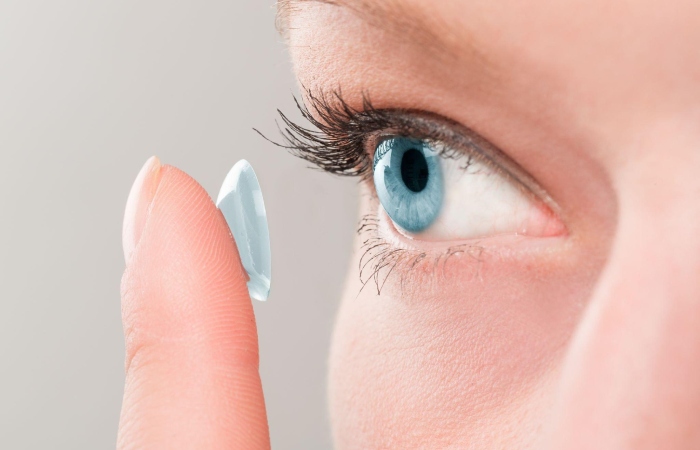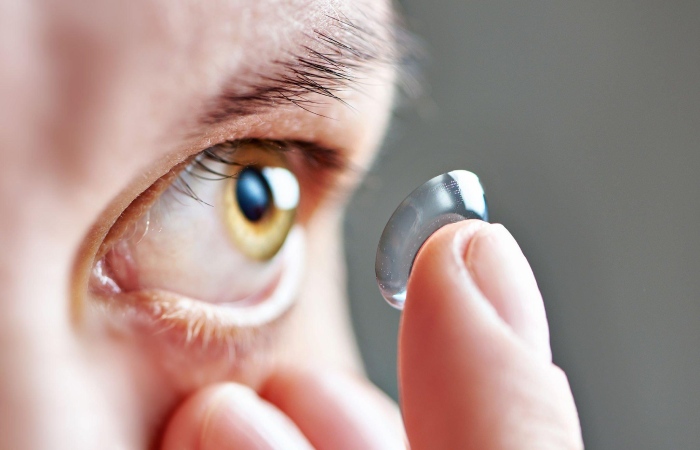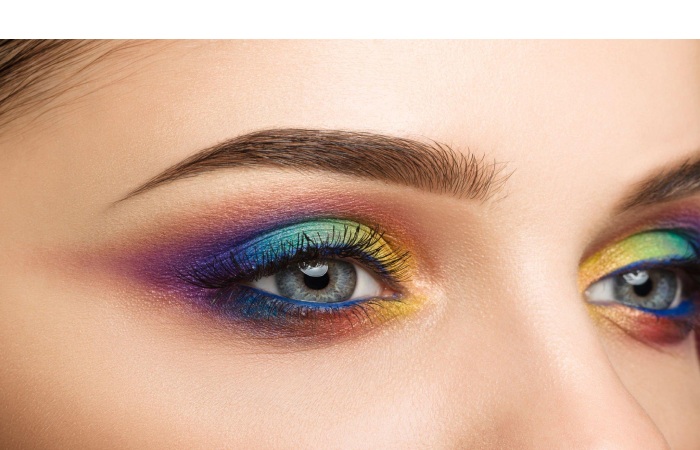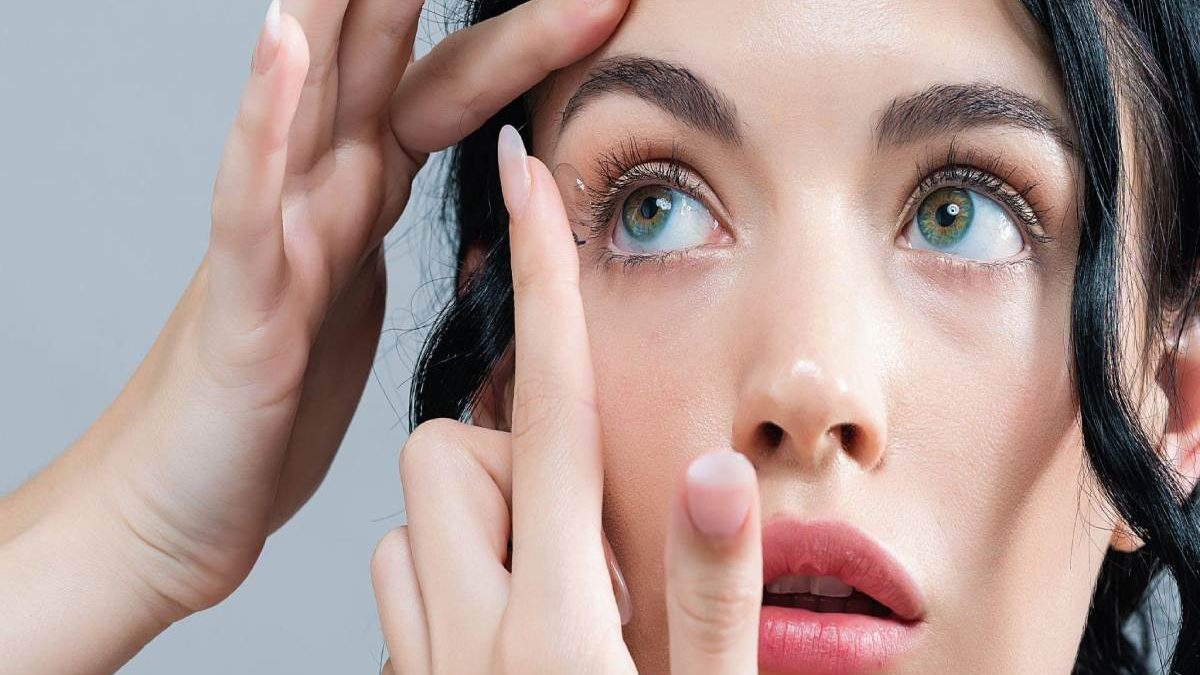Table of Contents
Definition
Eye Lenses are essential to performing the activities of day-to-day life. Good vision contributes to overall well-being and independence for people of all ages. For those with impaired but correctable vision, many options can help to improve sight. These options most commonly include glasses, interaction lenses, or laser surgery. Deciding which option is best depends on your eyes, lifestyle, and budget—and should be discussed with an eye doctor.
Eye Lenses Benefits

Wearing contact lenses has many potential benefits. To get the greatest out of your contact lens-wearing experience, be sure always to practice healthy habits and remember that all types of contact lenses—even cosmetic lenses that don’t correct vision but change the colour or look of the eye are medical devices that need to be prescribe by an eye doctor.
See Well
- Contact lenses correct most vision problems 1, including:
- Near-sightedness (myopia): blurred vision far away
- Farsightedness (hyperopia): blurred image close up
- Astigmatism: a blurred vision both far away and close up
- Presbyopia: blurred vision close-up in ageing adults
- Contact lenses move with the eye for vision correction that can feel and look natural 2.
- Some studies have shown that specially fitted contact lenses may help slow the progression of near-sightedness in children and teens. However, they are not currently accepted by the U.S. Food and Drug Administration for this purpose 3-9.
Feel Well
- The variety of contact lens materials and replacement schedules allows eye doctors to select the best option for an individual’s eyes, lifestyle, and budget.
- Contact lenses allow individuals to maintain a natural appearance without glasses or, if they choose, to change the appearance of their eyes with color contact lenses.
- Children, teens, and adults who wear contact lenses report feeling better about their physical appearance and ability to engage in sports and recreational activities than those who wear glasses 10-12.
Play-Well
- Well-fitting contact lenses stay in the room on the eyes and recover peripheral (side) vision during sports and activities.2, 13, 14
- Contact lenses do not fog up similar glasses outdoors, in low– temperature work surroundings, or in live sports.
- Contact lens wearers can practice non-prescription UV-blocking sunglasses to defend their eyes from the sun. Some contact lenses can provide extra UV protection—although they are not a substitute for sunglasses 15.
Types Of Lenses
The different types of contact lenses
There are two types of contact lenses: soft lenses and rigid lenses.
Soft Lenses: Soft
lenses are the most common, as they are adaptable and easy to use for most people. Indeed, there are daily, weekly, fortnightly, monthly and annual soft lenses. Also, most cosmetic and therapeutic lenses are soft lenses.
Rigid lenses:

There are two varieties of rigid lenses (which have replacing the old hard lenses): the first rigid lenses that have existing or a long time are made of PMMA, and the modern rigid lenses, called oxygen permeable. Modern rigid lenses are a less common type of lens than soft lenses that are particularly suitable for people with dry eyes due to their high oxygen permeability.
Contact lenses can have corrective, cosmetic, and therapeutic functions. Most hard lenses are more expensive than soft lenses, but their replacement frequency is generally less regular. Indeed, some rigid lenses can be use for one to two years…
Corrective Lenses
Contact lenses are correct in most cases, hyperopia, myopia, astigmatism, and presbyopia. Wearers generally need to remove their lenses every night or other day, depending on the brand and type of lenses. Some “Night & Day” lenses can be worn without interruptions, and they are designed to be able to sleep with them. A red-tint “X-Chrom” contact lens can be used for people with certain colour deficiencies. Although the lens does not restore perfect vision colours, it allows some colour-blind individuals to distinguish them better.
Cosmetic Lenses: Cosmetic

contact lenses are designed to change the arrival of the eye. These lenses can also sometimes correct vision. There are many colours of contact lenses. Indeed, all possible colors are adaptable to the lenses (blue, green, red, yellow, orange, etc.). In other cases, similar lenses have more direct medical applications. For example, some lenses may give the iris an enlarged appearance or mask defects such as absence (aniridia) and damage (dyscoria) of the iris.
The Most Common Complications Affect
Amoebic keratitis is a formidable particularity that can lead to loss of sight if the lenses are rinsed with tap water. It can go as far as corneal ulcer or abscess often favoured by poor hygiene, excessive wearing times (more than 10/12 hours per day), failure to exceed monthly renewal of lenses or excessive dryness of the eye. The poor tolerance that sometimes appears after a few years of wearing lenses is often the reason triggering the request for laser surgery for visual defects: refractive surgery.
Environmental Causes
The present research shows at least 39 genes are complicate in coloboma syndromes or isolated coloboma. These are crucial to early intrauterine growth, particularly of the central nervous system. However, these mutations version for only about half of all colobomas, which means many more mutations that could cause this condition remains unidentified.
Most sporadic belongings of coloboma are unilateral and often due to conservation influences, leading to malformations in multiple body systems. One typical example is the CHARGE syndrome, wherein colobomas of the iris or uvea are present in almost 86% of patients. This mechanism is not always precise, but such conditions comprise a good percentage of patients with coloboma.
Conclusion
In my content, I want to describe that eye lenses are the most common, as they are adaptable and easy to use for most people. Indeed, there are daily, weekly, fortnightly, monthly and annual soft lenses. Also, most cosmetic and therapeutic lenses are soft lenses. Contact lenses are correct in most cases, hyperopia, myopia, astigmatism, and presbyopia. Wearers generally need to remove their lenses every night or other day, depending on the brand and type of lenses. Some “Night & Day” lenses can be worn without interruptions, and they are designed to be able to sleep with them


